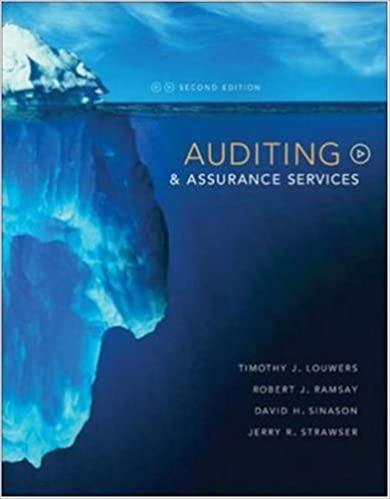
Product-Profitability Analysis; Scarce Resources Creighton Corporation produces a variety of consumer electronic products. Unit selling prices and costs for three models of one of its product lines are as follows: Variable overhead is charged to products on the basis of direct labor dollars; fixed overhead is allocated to products on the basis of machine hours. Required 1. What is fundamentally different about the fixed versus variable overhead assigned to products? (Answer the question within the context of the relevance of this difference to the determination of short-term product mix.) 2. Calculate for each product both the gross profit per unit and the contribution margin per unit. (Round answers to 2 decimal places, e.g., $15.459=$15.46.) Are either of these profitability measures useful for planning the optimum short-term product mix? Explain. 3. If the company has excess machine capacity but a limited amount of labor time, how should the optimum short-term product mix be determined? That is, which product is most desirable (profitable)? Which of the three is least desirable (profitable)? 4. Assume now that machine hours, not direct labor hours, is the limiting resource. How, if at all, would this affect the product-mix decision? That is, which of the three products is the most desirable (profitable)? Which of the three is least desirable (profitable)? 5. How can the optimum product mix be determined when there are only two products and one or more constraints? 6. How can the optimum product mix be determined when there are more than two products and one or more constraints? 7. What is the primary role of the management accountant in terms of planning the optimum short-term product mix? Product-Profitability Analysis; Scarce Resources Creighton Corporation produces a variety of consumer electronic products. Unit selling prices and costs for three models of one of its product lines are as follows: Variable overhead is charged to products on the basis of direct labor dollars; fixed overhead is allocated to products on the basis of machine hours. Required 1. What is fundamentally different about the fixed versus variable overhead assigned to products? (Answer the question within the context of the relevance of this difference to the determination of short-term product mix.) 2. Calculate for each product both the gross profit per unit and the contribution margin per unit. (Round answers to 2 decimal places, e.g., $15.459=$15.46.) Are either of these profitability measures useful for planning the optimum short-term product mix? Explain. 3. If the company has excess machine capacity but a limited amount of labor time, how should the optimum short-term product mix be determined? That is, which product is most desirable (profitable)? Which of the three is least desirable (profitable)? 4. Assume now that machine hours, not direct labor hours, is the limiting resource. How, if at all, would this affect the product-mix decision? That is, which of the three products is the most desirable (profitable)? Which of the three is least desirable (profitable)? 5. How can the optimum product mix be determined when there are only two products and one or more constraints? 6. How can the optimum product mix be determined when there are more than two products and one or more constraints? 7. What is the primary role of the management accountant in terms of planning the optimum short-term product mix







